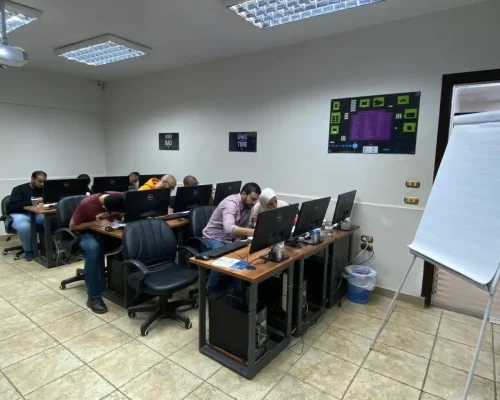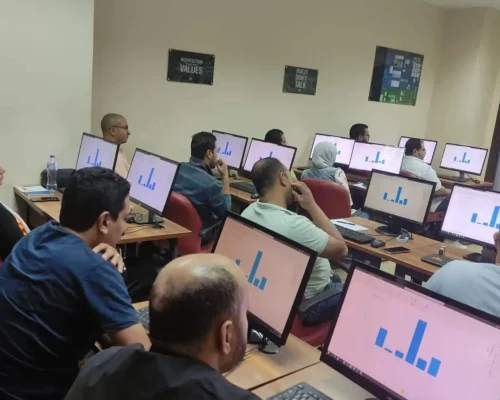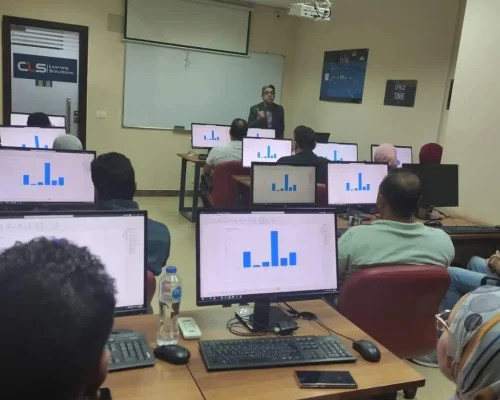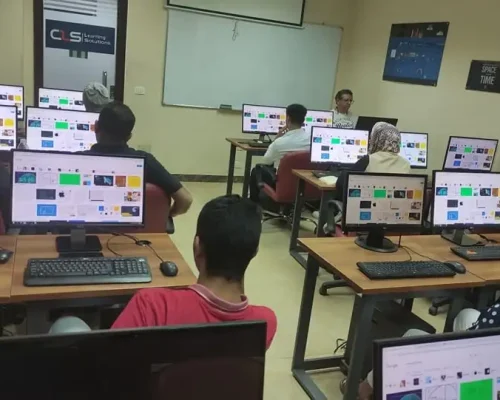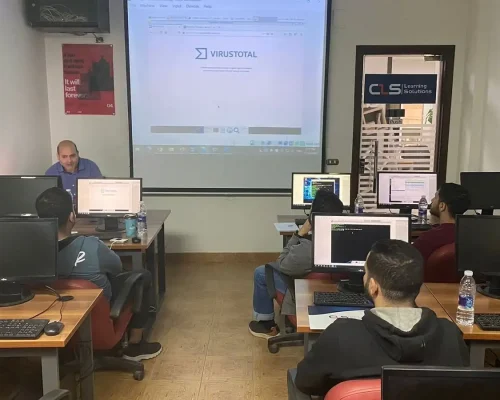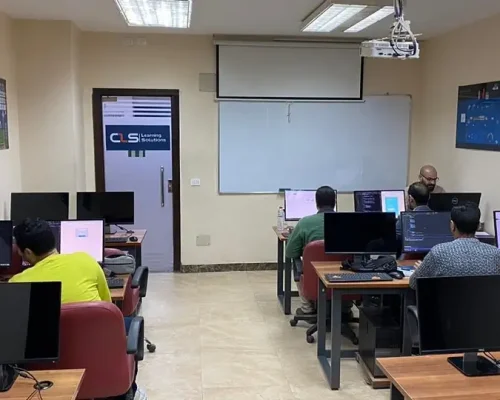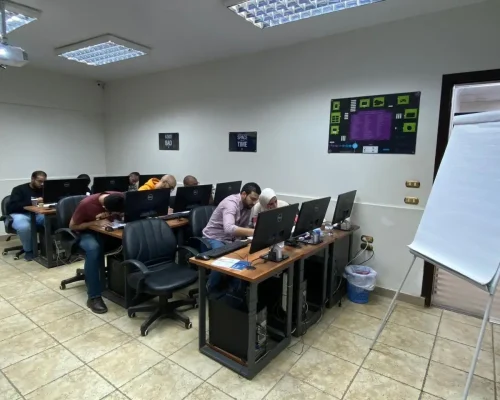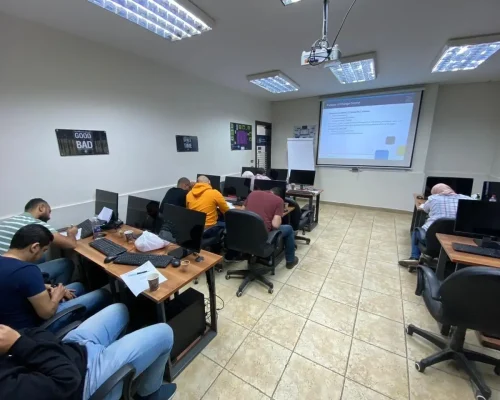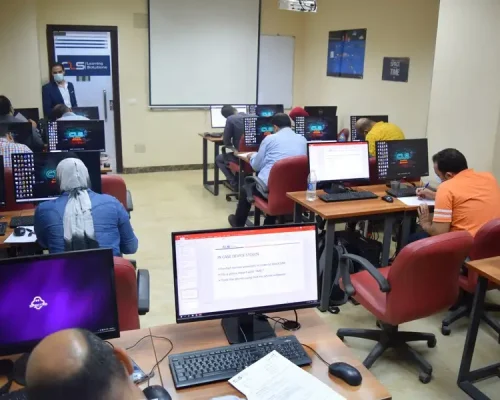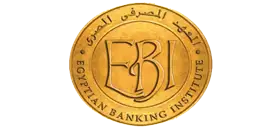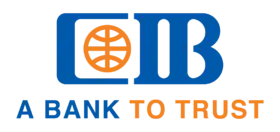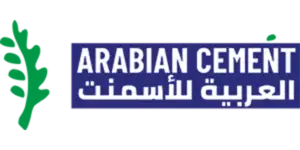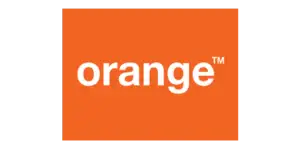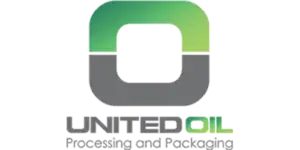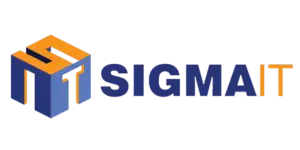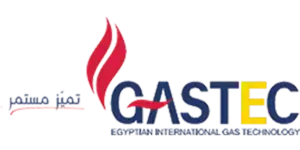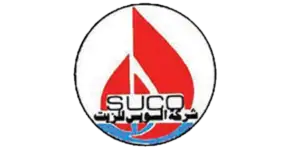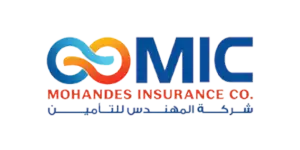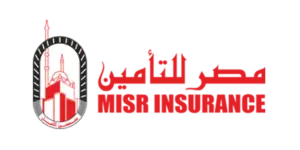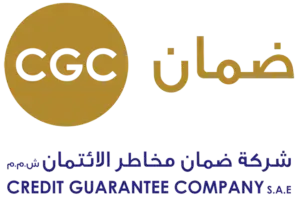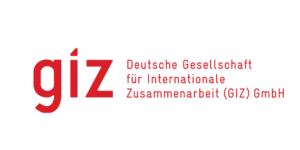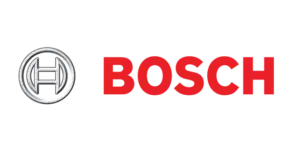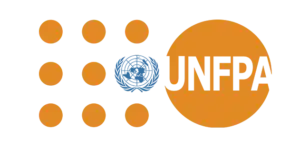AGILE PRODUCT OWNERSHIP MAXIMIZES VALUE
1.1. DEFINING AGILE PRODUCT OWNERSHIP
1.1.1. What is Agile Product Ownership
- As more companies realize the need to focus on products, the field of Product Management continues to grow. While the specific responsibilities may vary depending on the industry, nature of business, and product, the roles have primary functions that stay consistent across all organizations. Product Ownership,
- A role within the Product Management field, is responsible for focusing on customer needs and the value delivered by a product or a subset of products.
- Introduce Product Ownership and how it can show up within an agile organization. Discuss its importance to enable Agile Teams’ ability to deliver products based on value.
- Describe scenarios of how Product Ownership can show up within organizations and on teams, including the different roles/titles that may take on the responsibility of maximizing value delivered.
1.1.2. What is Value
- There is no single definition for value as it varies depending on context and customer needs.
- Discuss what value is and is not in different contexts. Context may include different customer types (internal or external users), organization types (corporations, nonprofits, government), etc.
- Value might be an increase in revenue, saving time and cost, innovation, user acquisition & retention, etc. Value should be something that solves a need for the customer in a viable way for the organization.
SKILLS & BEHAVIORS FOR PRODUCT OWNERSHIP
1.2.1. Developing Relationships
- Successful Product Ownership involves developing relationships through regular engagement with customers, stakeholders, and teams.
- Discuss ways to build trust and partnership with customers, stakeholders and teams including the importance of transparent communication and open collaboration.
- This skill requires courage and proactiveness in relationships such as asking tough questions, providing feedback, relaying bad news, or challenging assumptions in a manner that encourages collaboration and communication.
1.2.2. Value-based Decisions
- A key skill for Product Ownership is the ability to make value-based decisions.
- Discuss how decisions are made and anchored in value. Explore the impact of tradeoffs and negotiating solutions in decision-making.
- Examples of tradeoffs include technical debt, new features, bugs, performance, security, functionality, quality and speed to market.
- Negotiating in this space includes thinking reflectively about their own and others’ beliefs and being able to use the results of that thinking to adjust their own behaviors and perspectives.
1.2.3. Facilitate for Shared Understanding
- Creating shared understanding is necessary skill for successful Product Ownership.
- Introduce facilitation techniques focused on creating alignment and shared understanding on topics such as product vision, value delivered, and desired outcomes.
- Explore approaches to surface and address concerns and risks. Facilitating for shared understand occurs through various forms of communication, not just in meetings.
WORKING WITH CUSTOMERS AND STAKEHOLDERS
2.1. KNOWING YOUR CUSTOMERS
2.1.1. Customer and Stakeholder
- There is a clear difference between customers and stakeholders.
- Discuss the differences between customers and stakeholders in various contexts (ie internal, external, scope, etc). Very often, these are two different categories of people.
- Understanding the difference helps to understand how to engage them. Stakeholders have a vested interest in the work being done, and can be the people funding the work.
- Customers are the people actually using the product. It is their problems that Product Ownership seeks to address.
2.1.2. Understand the Customer
- Gaining perspective and empathy for the people who use the product, the customers, is critical for successfully delivering products that meet their needs.
- Introduce techniques that help define and understand the user of the product – the customer – such as empathy maps, personas, etc.
- Explain the importance of knowing that customers may have different wants, needs, problems and goals based on their context.
2.1.3. Connect to the Customer Problem
- Understanding a customer’s problems, needs and wants provides insight into delivering the right solution. By using this insight, Product Ownership balances the needs of the business and customers to maximize the value to the customer.
- Introduce techniques for discovering customers’ problems, needs, and wants. These can include user journeys, storyboarding, focus groups, and prototypes/ mockups. These techniques provide insights into the customer problem rather than focusing on the customer’s idea for a solution. Focusing on the problem.
- creates the opportunity to innovate and explore options for solutions. Discuss ways to communicate the customers’ problems, needs and wants with teams and stakeholders.
ALIGNING WITH STAKEHOLDERS
2.2.1. Understand the Stakeholder
- Gaining an understanding of stakeholder needs and communication styles will provide the insight needed to create a bridge between stakeholders and the team.
- Explain techniques to identify stakeholders and their level of engagement with your product such as stakeholder mapping, power-interest grid, and context diagrams.
- Bring to light the impact of funding processes, leadership hierarchy, approval requirements, bystander opinions. Sometimes the loudest voice is not the one with the authority.
2.2.2. Align with Stakeholders
- Maintaining ongoing communication with stakeholders supports shared understanding and expectations regarding the product delivery.
- Explore communication approaches to convey relevant information in a timely fashion about priorities and progress towards value delivery.
- Being a steward of the product means taking a proactive communication approach that includes transparency in messaging and being solution-focused with risks, impediments and outcomes.
- Convey the value of inviting stakeholders to the table to discuss product outcomes and priorities, and the alignment that results from that invitation.
DEFINING AND DELIVERING PRODUCTS
3.1. PRODUCT PLANNING AND DEVELOPMENT
3.1.1. Align to the Product Vision
- It is the responsibility of Product Ownership to align the scope of work with the product vision.
- Explain the impact of aligning product delivery work to the product vision including shared understanding with stakeholders and team members. Aligning with the product vision supports both the flexibility to change the scope of work and provide clear expectations with stakeholders regarding priorities.
- Aligning team work with the product vision also provides a sense of purpose and motivation for team members.
3.1.2. Identifying Measurable Outcomes
- Defining measurable outcomes supports the ability to track the impact of Team work effectively.
- Explain various ways to capture qualitative and quantitative metrics for team work in clear measurable terms. Discuss the impact of vanity metrics, pirate metrics, outputs vs outcome metrics, and innovation metrics.
- Highlight the differences between metrics focused on launching new features and enhancements (quality and technical) with metrics focused on customer usage and engagement with the new features and enhancements.
- Address the importance of identifying metrics early in the process which supports alignment with the stakeholders and teams on end state, ensures the capability is in place to capture the metrics before launch, and provides clarity for what a successful launch looks like.
3.1.3. The Product Backlog
- The product backlog contains the work to be done to deliver value to the customers. Items in the product backlog align to the product vision.
- Introduce the concept of the product backlog and how to create and maintain it. For creating the backlog, discuss multiple collaborative techniques such as story writing workshops, story mapping, etc.
- For maintaining the backlog, discuss techniques for story refinement and elaboration, story splitting, adapting the backlog based on customer feedback, etc. A healthy backlog is regularly reviewed and items added or removed that support the product vision and evolving customer needs.
3.1.4. Prioritization Techniques
- Prioritizing new and current work based on the value it delivers to the customer is a continuous process. Challenging requirements to ensure they support customer needs and business goals is the responsibility of Product Ownership.
- Explore the importance of having an objective and transparent approach to prioritization of work. In the Product Ownership space, prioritization focuses on a single product or a small subset of products. Discuss the importance of being decisive and ruthless in the review of of requirements against clear, objective criteria.
- Prioritization criteria can include factors such as revenue, quality, legal, etc. Having clear, objective criteria creates the environment for meaningful tradeoff discussions from conflicting customer requirements, new features and technical enhancements.
- Discuss two or more prioritization techniques such as Business Value Definition, Kano Analysis, trade-off sliders, and MoSCoW prioritization.
3.1.5. Product Planning
- Seeing the future direction for the product is essential for Agile Teams to develop solutions that align to the product vision and to customer needs. It is the responsibility of Product Ownership to create product plans that provide insight into the future direction of the product.
- Detail what is needed for product plans such as release plans, roadmaps, or multi-horizon plans. Factors include timescale, value being delivered, dependencies and risks.
- Plans should connect back to the broader product roadmap and be aligned to the product vision. Discuss the importance of proactively identifying mitigation strategies for potential constraints such as dependencies and risks.
- Convey how plans are a valuable form of communication with customers and stakeholders.
3.2. LAUNCH AND LAND PRODUCTS
3.2.1. Definition of Done
- Product Ownership partners with Agile teams to determine what constitutes the delivery of value at every level of the work.
- Introduce the factors that should be considered when creating a Definition of Done at each level of the work. Highlight the differences between the Definition of Done and acceptance criteria. Explore the potential impacts of not creating a Definition of Done.
3.2.2. Assessing Value Delivered
- It is the responsibility of Product Ownership to assess that the work delivered during each iteration meets the acceptance criteria.
- Discuss the importance of regularly assessing the value delivered against objective based metrics (outcomes) versus user story acceptance criteria (output). Emphasize the need to provide clear, direct feedback to the team in a timely fashion and in service of supporting the team’s ability to deliver value going forward and to enable rapid innovation.
3.2.3.Capturing Customer Feedback
- Customer feedback is a crucial source of information for validating the value delivered and adapting and evolving the product.
- Explore multiple techniques for collecting customer feedback along with how and when each technique can be used, and how the feedback is measured.
- Customer feedback can be used to validate that the product delivers the intended value as well as provide a source of information for future product ideas.
- Discuss how to adapt the techniques based on the customer needs and the ability to interact with them. This can include product demos, data telemetry, focus groups, customer shadowing, etc.
3.2.4. Knowing When to Stop
- Just because we started with a plan does not mean that we need to deliver every element of that plan. The results of experiments and feedback from customers need to inform the way forward: continue, pivot or stop.
- Explore the importance of constantly assessing delivered value against the needed (rather than planned) value and making decisions regarding the remaining work, new work and stopping.
- Introduce the concept that not every item on the product backlog needs to be delivered for the product to deliver value to the customers. Discuss how experimentation and failing fast allow for teams to learn and pivot.
- Introduce factors to consider when deciding to continue building a product, pivoting to a new direction, or stopping.
 Business Management
Business Management IT Networks and ITSM
IT Networks and ITSM Data Management
Data Management Software Development
Software Development Digital Transformation
Digital Transformation Graphic Design
Graphic Design





